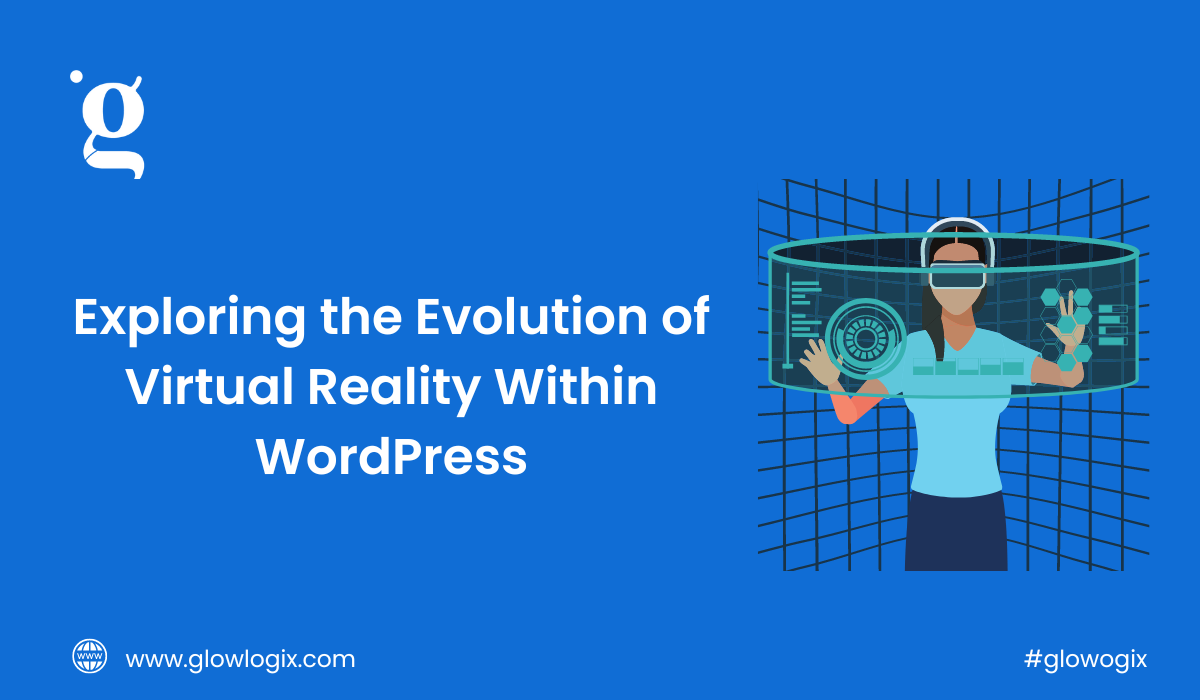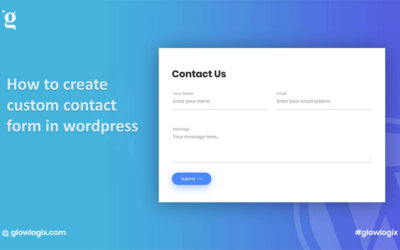Table of Contents
ToggleIntroduction
Virtual reality (VR) technology has emerged as a groundbreaking tool, revolutionizing how we engage with digital content and immersive experiences. In recent years, the integration of VR within the WordPress platform has showcased a remarkable evolution, offering users unprecedented opportunities to create, share, and interact with VR content seamlessly.
This evolution marks a significant milestone in the intersection of virtual reality and web development, empowering content creators, businesses, and enthusiasts alike to explore new dimensions of creativity and engagement within the WordPress ecosystem. In this exploration, we delve into the evolution of virtual reality within WordPress, tracing its transformative journey and uncovering the myriad possibilities it presents for the future of online interaction and storytelling.
Exploring the Evolution of Virtual Reality Within WordPress
In the vast landscape of digital innovation, few technologies have captured the imagination quite like virtual reality (VR). From immersive gaming experiences to revolutionary training simulations, VR has steadily transformed various industries. And now, its integration within the WordPress ecosystem marks a significant milestone in the evolution of both VR and web development.
WordPress, known primarily as a content management system (CMS) powering millions of websites worldwide, has always been at the forefront of democratizing online publishing. Its intuitive interface and extensive plugin ecosystem have empowered users to create diverse digital experiences with ease. However, as technology progresses, so do the expectations of users.
Recognizing the growing demand for immersive and interactive content, developers have been exploring ways to integrate VR into WordPress websites. This endeavor not only enhances user engagement but also opens up new avenues for creativity and storytelling.
One of the most notable developments in this realm is the emergence of VR plugins tailored specifically for WordPress. These plugins enable users to effortlessly embed VR content into their websites, whether 360-degree photos, panoramic videos, or fully interactive VR experiences. Such integration seamlessly blends the virtual with the traditional web, providing visitors with captivating journeys beyond the confines of a standard webpage.
Moreover, the evolution of web standards like WebVR and WebXR has played a pivotal role in making VR more accessible on the web. These standards facilitate the creation of VR experiences that can be accessed directly through a web browser. Eliminating the need for specialized hardware or software. As a result, WordPress users can now deliver immersive content to a broader audience without imposing technical barriers.
Another driving force behind the integration of VR within WordPress is the proliferation of VR content creation tools. Platforms like Unity and Unreal Engine becoming more accessible to content creators of all skill levels. The barrier to entry for producing VR content has significantly lowered. WordPress users can leverage these tools to craft bespoke VR experiences tailored to their specific needs. Whether it is showcasing products in a virtual showroom or providing virtual tours of real estate properties.
Rise of virtual events
Furthermore, the rise of virtual events and conferences in the wake of the COVID-19 pandemic has underscored the importance of immersive digital experiences. By incorporating VR capabilities into their WordPress websites, event organizers can offer attendees a more engaging and interactive environment, fostering meaningful connections in a virtual space.
However, as with any emerging technology, challenges remain. Optimizing VR content for performance and compatibility across various devices and browsers requires careful consideration. Moreover, ensuring accessibility for users with disabilities presents an ongoing concern that developers must address proactively.
Despite these challenges, the evolution of virtual reality within WordPress heralds a new era of creativity and innovation in web development. As VR continues to mature and become more seamlessly integrated into the digital landscape. WordPress stands poised to empower users with the tools they need to craft immersive experiences that captivate and inspire.
Conclusion
In conclusion, the journey of virtual reality within WordPress is one of exploration, experimentation, and evolution. By embracing VR technology, WordPress users can transcend the boundaries of traditional web experiences and embark on immersive journeys limited only by their imagination. As the capabilities of VR expand and intersect with the world of web development. The future of WordPress promises to be an exciting frontier of innovation and creativity.




